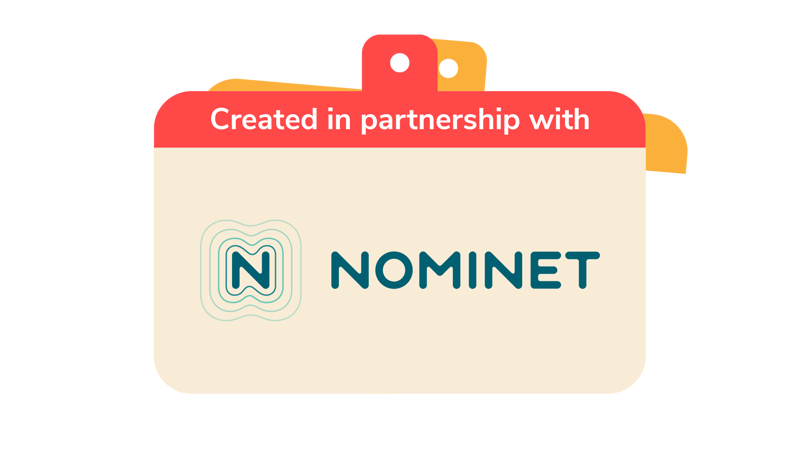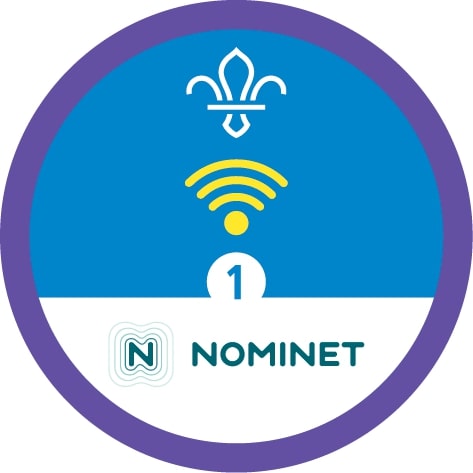
Online problems on the line
You’ll need
- List of online harms
Safer Internet Day 2023
Safer Internet Day 2023 will take place on the 7 February 2023. This year, celebrations and learning will be based around the theme ‘Want to talk about it? Making space for conversations about life online’.
Coordinated in the UK by the UK Safer Internet Centre, the celebration sees thousands of organisations getting involved to promote the safe, responsible and positive use of digital technology for young people.
In the UK, we’re celebrating by putting young people’s voices at the heart of the day and encouraging them to shape the online safety support that they receive.
This year we’re hoping to answer the following questions:
- What issues really matter to young people?
- What changes do they want to see?
- How can we all work together to advocate for them moving forward?
With your help, Safer Internet Day 2023 can be a springboard for conversations that shape how we talk about and respond to online issues, not just for one day, but throughout the whole year.
Before you begin
- Use the safety checklist to help you plan and risk assess your activity. Additional help to carry out your risk assessment, including examples can be found here. Don’t forget to make sure all young people and adults involved in the activity know how to take part safely.
- Make sure you’ll have enough adult helpers. You may need some parents and carers to help if you’re short on helpers
Play the game
- Gather everyone in a group and ask everyone to think of which online issues matter to them the most. Choose a few people to answer.
- Explain to everyone that they’ll need to decide where different online issues fit along a line, going from low risk to high risk. You could create a line on a big piece of paper, along a wall or on the floor. It could be drawn, a rope, spots, chalk or something else. You could also use a washing line, so everyone could clip ideas to it, or have people to represent each issue and ask them to put themselves in order.
- Read out the list of different risks to the group and make sure everyone understands each of the online issues. You could work as a group to define of any terms they’re unsure of.
- Next ask everyone to take one, or work in pairs depending on the number of people. Everyone should begin to rank the issues from those that pose the highest to lowest risk for children and young people their age. If you’ve got a large group, you could split people into smaller groups and make more lines for them to use.
- Once finished, come back together and discuss their choices as a group. If there are multiple groups and lines, you could compare how different the answers might be and way.
- They could then rank the issues from those they see the most often to those they see the least.
- If you’re working in small teams, you could do it as a race, but remember, there are no right or wrong answers!
- You could rank them in other ways, such as:
- What I have the most to least confidence in handling
- What I need most to least help with the most
- What I find most to least annoying
- Online bullying
- Scams
- Seeing something scary
- Seeing something violent
- Chat in games
- Livestreaming
- Time spent looking at screens
- Unreliable information
- Online friends (people you only know online)
Once you've finished
- Once finished, you could chat through what people should do if they encounter each scenario.
- Look at Nominet’s advice for 10 ways to help keep young people safe online. You may want to share this with parents and carers for their young people after the session.
- You can also find advice on Childline’s Staying Safe Online website, BBC Own It and the NSPCC’s Keeping children safe online website.
- You may want to share links or advice with parents and carers for their young people after the session.
Reflection
This activity’s all about learning and recognising things that can cause upset or harm online. Can you think of any other issues we’ve not mentioned here?
What does everyone think we should do if we experience or see anyone else experiencing any of these issues?
Safety
All activities must be safely managed. You must complete a thorough risk assessment and take appropriate steps to reduce risk. Use the safety checklist to help you plan and risk assess your activity. Always get approval for the activity, and have suitable supervision and an InTouch process.
- Online safety
Supervise young people when they’re online and give them advice about staying safe. Take a look at our online safety or bullying guidance. The NSPCC offers more advice and guidance, too. If you want to know more about specific social networks and games, Childnet has information and safety tips for apps. You can also report anything that’s worried you online to the Child Exploitation and Online Protection Command. As always, if you’ve got concerns about a young person’s welfare, including their online experiences, follow the Yellow Card to make a report.
You may ask people to think of their own examples to add into this activity.
Make it accessible
All Scout activities should be inclusive and accessible.
If anyone in your group has experienced online bullying, you may need to adapt this activity. Speak to young people (and their parents and carers) first to check that they’re OK to take part.
If they’re comfortable to share them, ask the young people to add any other issues they may have come across. Make sure this is optional.
